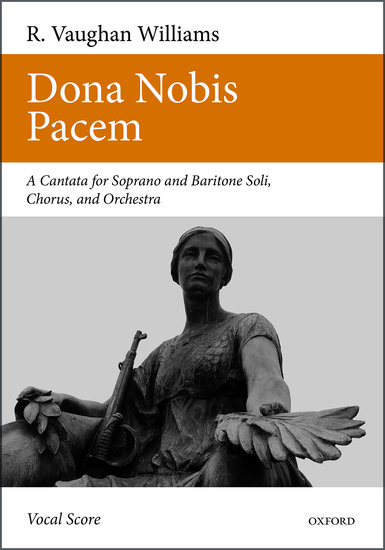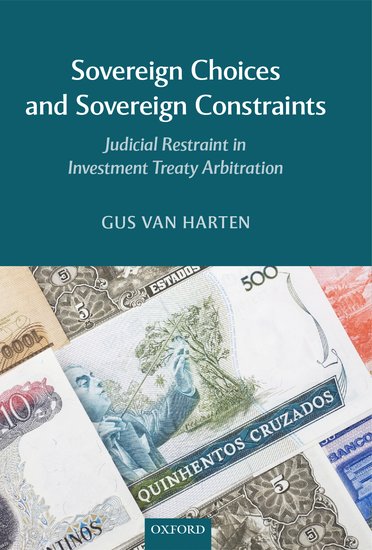A record-breaking lunar impact
On 11 September 2013, an unusually long and bright impact flash was observed on the Moon. Its peak luminosity was equivalent to a stellar magnitude of around 2.9. What happened? A meteorite with a mass of around 400 kg hit the lunar surface at a speed of over 61,000 kilometres per hour.









